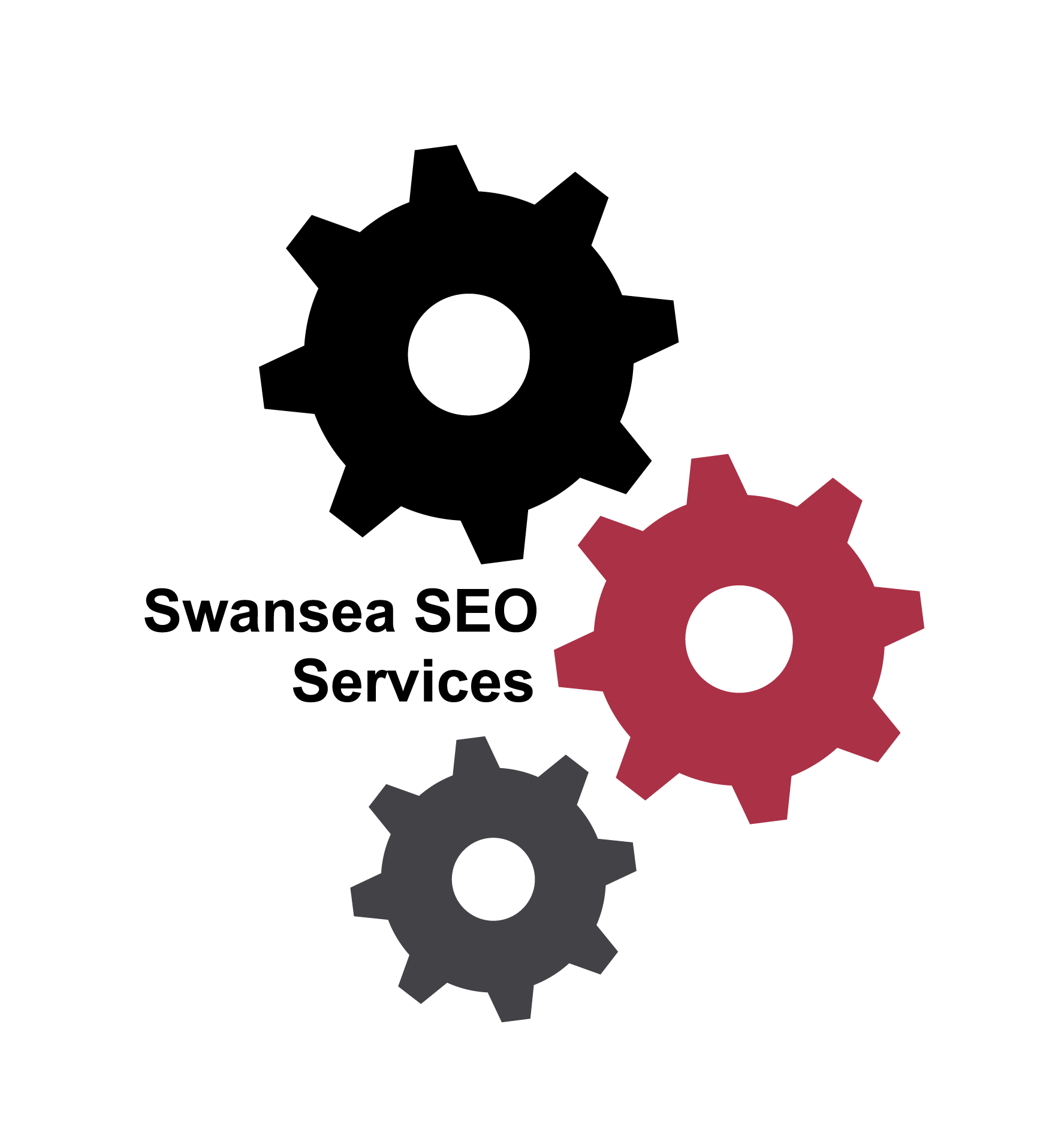TL;DR:
- Optimize email marketing by knowing your audience, tailoring messages, writing engaging subject lines, and offering valuable content.
- Use email marketing tools like HubSpot, MailChimp, and SendinBlue that are cost-effective for small businesses.
- B2B emails inform and nurture a professional rapport, while B2C emails evoke immediate responses for quick sales.
- Improve email marketing efforts with engaging subject lines and personalization.
- Use A/B testing and data analysis (open rates, click-through rates, bounce rates) to enhance your email strategy.
- Ensure compliance with laws like the GDPR and the CAN-SPAM Act, ensuring clear consent and easy unsubscribe options.
- Design plays a crucial role in capturing attention; use images and videos, but not excessively.
- Responsive email templates improve the browsing experience on various devices.
- Building trust and utilizing storytelling aids in customer retention; successful strategies include welcome emails, personalized offers, and re-engagement campaigns.
Ever wondered if email marketing could turbocharge your business success? Well, buckle up! We're about to dive deep into this potent digital marketing tool, unraveling its core aspects – from email campaign optimization to understanding the art of engaging subject lines. Let's master email marketing together and unlock unprecedented growth for your business. Read on, this might be the breakthrough you've been waiting for!
How can you optimize your email marketing campaigns?
Let's dive into email marketing basics first.
What are some fundamentals of email marketing?
Email marketing rides on a simple idea. You talk to folks who have an interest in what you offer. Your words bring value. So they lend an ear. It's a trust dance in the digital world.
The key is to know your folks. Who are they? What do they seek out? What persuades them? An email platform that can let you segment your audience is gold. It lets you tailor your messages. It results in a real chatter. Not a one-way echo in a canyon.
What strategies are most effective for email marketing?
Craft emails that give. More than they take. “Look! Buy Every item! All at once! Now!” won’t cut it. How about offering a guide? A checklist? A code for first-time buyers? Also, be sure to write crisp and engaging subject lines.
How can you best optimize your email campaigns?
Merge the science of data with the art of words. Tap into data to know what works. And what doesn't. Craft clear CTAs. Test variations. Measure each tweak. Repeat. Optimum results can't come quick. Patience and persistence is key.
This junction of email marketing basics and effective tactics is where you set out. Bear in mind, it's a long, winding course. It requires strategy, testing, and tweaking. That’s the simple essence of email campaign optimization. With these points in mind, you are off to a good start.
How do you consider your audience in email marketing?
In email marketing, mulling over your crowd is key.
What email tools are specifically useful for small businesses?
For small business email tools, you need options that are user-friendly and budget-wise. Top picks include HubSpot, MailChimp, and SendinBlue, to name a few. Not only are these cost-effective, but they also offer features tailored for small-scale operations.
How do B2B and B2C email tactics differ?
When comparing B2B and B2C email tactics, the target and content var. B2B aims to inform and nurture a professional rapport, frequently long-term. Conversely, B2C emails lean towards evoking an immediate, emotional response for quick sales.
How can engaging subject lines and personalization improve email marketing efforts?
Engaging subject lines grab attention, thereby increasing open rates. An enticing line lights curiosity and teases what's inside. Couple this with personalization and you've got a winning combo. Personalizing emails, such as including the receiver’s name or preferences, makes each correspondence feel exclusive, fostering a sense of value in your audience.
Remember, successful email marketing is about reaching the right people with the right message. So, know your audience first, then craft your strategy accordingly. You'll see a higher return on investment if you do.
Now, wasn't that interesting?
What techniques can improve your email data analysis?
What is A/B testing in email marketing?
A/B testing in email marketing is a strategic way to see what works best. It's a test. You take two ideas, send one set to one group (A), and another (B) to a different group. You then measure the results to see which performs better. It's essential for optimizing mail-outs and ensuring that the most effective message is being delivered.
What analytics and metrics are crucial in email marketing?
Key analytics in email marketing include open rates, click-through rates, and bounce rates. Open rates show how many people actually open your emails. Click-through rates measure how many of these click on the links in your email. Bounce rates reflect emails that didn't reach their intended recipient. These metrics are the 'vital signs' of an email campaign's performance.
How can one improve their open rates and click-through rates?
Improving open and click-through rates is all about engagement. It's about crafting compelling subject lines, timely sends, and valuable content that prompts readers to take action. A/B testing can help you find the best approaches. Be sure to personalize your emails and be relevant to your audience. This ensures higher engagement, leading to increased open and click-through rates.
How can you ensure your email marketing is compliant with laws and regulations?
Let's turn on our wise glasses and dive deep into how laws influence our email adventures! We'll focus on two key areas – the GDPR and the CAN-SPAM Act.
How does GDPR compliance relate to email marketing?
Here's the scoop: GDPR rules require clear consent from people before you send them any emails. That means you can't blindly email a person unless they've said, "Yes, I want your emails." Simple, isn't it?
But let's dig a tiny bit deeper. You must also give them an easy-to-find 'unsubscribe' button in every email. And you can't hide it! Everyone wants a simple 'exit' door if they wish to leave, right?
What actions can ensure adherence to the CAN-SPAM Act?
Now we shift gears and cross the Atlantic to the US, where the CAN-SPAM Act holds sway. In a nutshell, it requires you to be upfront about who you are in your emails (no pretending to be somebody else!), include your real-world contact info, and again – that vital 'unsubscribe' link.
So there you have it! Who knew email marketing could feel like a legal thriller? But with a little care and attention to GDPR and CAN-SPAM rules, you can make your email campaign a box-office hit.
What role does design play in email marketing?
When we talk about email marketing, design isn't just a nice-to-have, it’s a must-have element. Without it, your emails will lack the 'WOW' factor needed to make an impact. It's like serving a meal without any flavor. It might fill you up, but it won't be a memorable experience.
What is the importance of design in email marketing?
Email design grabs attention. It helps your messages stand out in the crowded inbox and makes sure your brand's voice is heard loud and clear. It's your secret weapon to getting read, remembered, and responded to. But remember, good design isn't just about being pretty, it's all about clarity and ease of reading.
How can images and videos be effectively used in email content?
Now, putting photos and videos in your emails can bring your product or service to life. They're real eye-catchers and engage the reader right off the bat. Just be sure not to go overboard. Too many, and your email may end up in the spam folder or won’t load correctly. Images should support your message, not overpower it.
How does one create responsive email templates?
And lastly, let's not forget about those reading on their phones. With most of us checking our emails on the go, your email should look and read well on any device. That's where responsive email templates come into play. They adjust to the reader's screen, giving them an ideal viewing experience. With user-friendly platforms out there, creating these templates is easier than you may think. All it takes is time, trial, and error to find what works best.
In summary, the design is the missing ingredient in many email campaigns. If done right, it can make your emails a joy to read and increase your chances of being remembered. So next time you're crafting an email, think about the design. It could make a world of difference.
How can email marketing assist in business growth and customer retention?
How can businesses build trust through their email communications?
To build trust through email, always be honest. Keep your word. Never break a promise. Treat every email you send as a pact between you and the reader. Take great care in crafting content. Make sure your emails add value.
How can storytelling be utilized in email marketing?
Storytelling can add life to your emails. A good story can captivate readers. It can make them feel. It can move them to take action. Show readers you understand them. Show them you care about their needs.
What are some successful retention email campaign strategies?
For retention, consider these: send welcome emails to new customers. Send personalized offers based on past purchases. Remember special dates like birthdays or anniversaries. Send re-engagement emails to inactive customers. Regular healthy engagement is key for customer retention.
Conclusion
We've dug deep into email marketing, from basic principles to effective tactics. We've looked at audience focus, data analysis techniques, compliance, and role of design. Remember, heartfelt emails help build trust and retain customers. Use these insights to spur business growth. Be sure your emails echo your brand's voice confidently and authentically!









